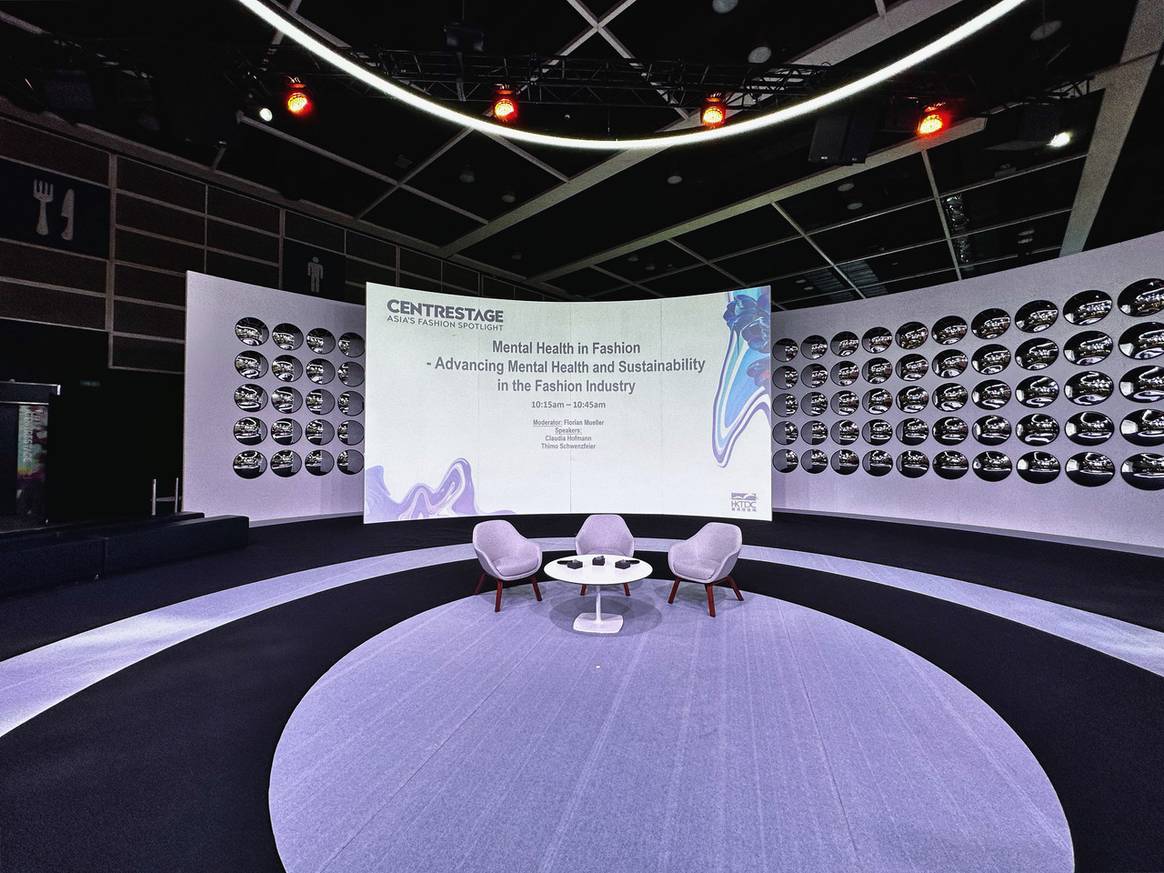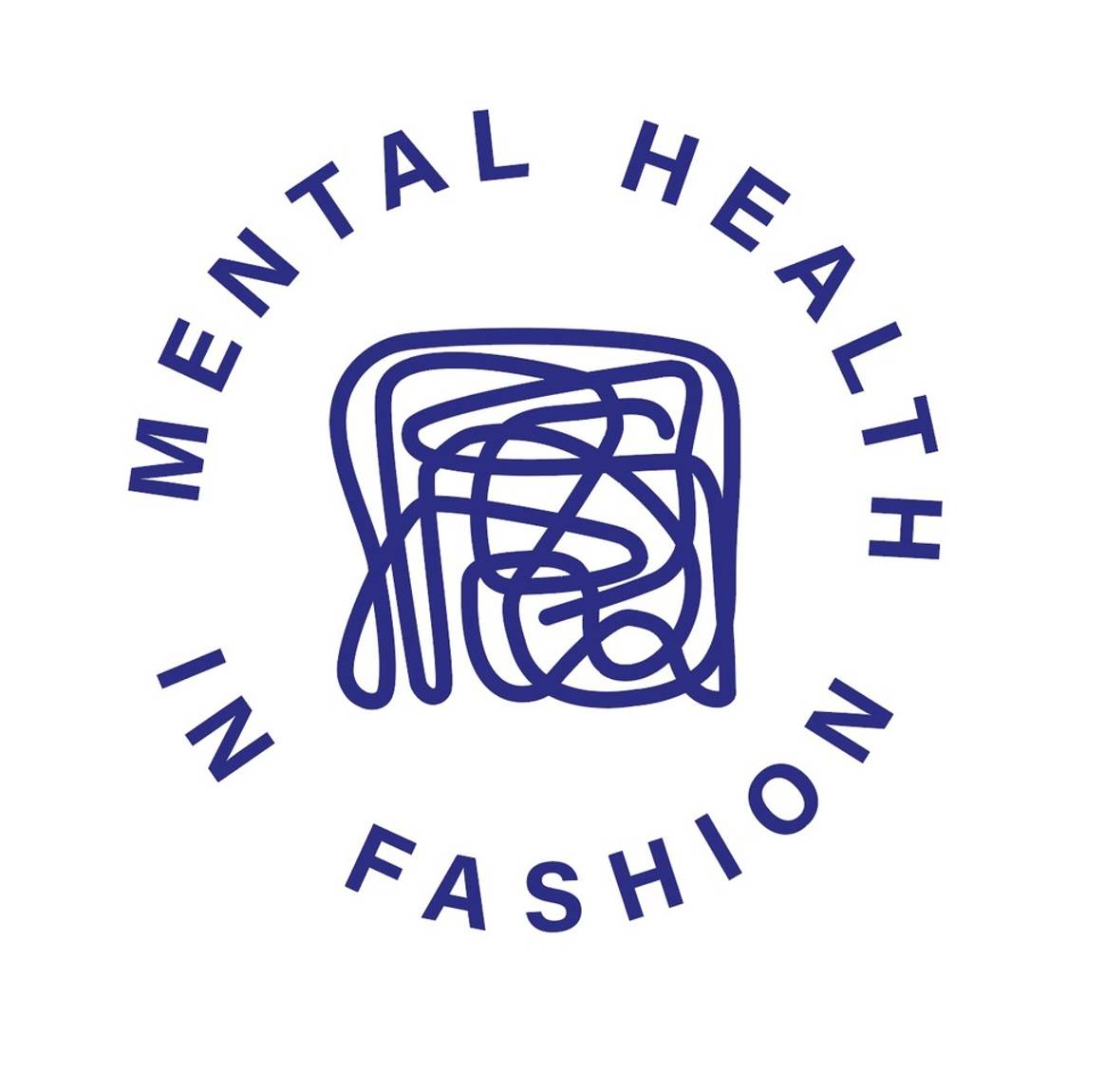Engaged in the clothing industry for 20 years.

‘Mental Health in Fashion’: 5 questions for industry pioneer Florian Müller
Florian Müller has been an integral part of the Berlin fashion
scene for 20 years. Insiders know him in his role as a PR professional
and guest manager at Berlin Fashion Week runway shows. In recent
years, he has also continued his education, building on his former
psychology studies to become a psychotherapist. He is now bringing
these two worlds, that of fashion and that of psychology, together
with his new project ‘Mental Health in Fashion’’ – an urgently needed
and long overdue idea. After all, working environments like those
portrayed in ‘The Devil Wears Prada’ have been around in the fashion
industry for a long time. And things are only changing slowly.

Mr. Müller, what prompted you to launch your initiative for mental
health in the fashion industry??
My initiative “Mental Health in Fashion” was born out of the need
to address the often overlooked challenges of mental health. In my
twenty years in the fashion industry, I have found that the pressure
to meet standards and expectations often leads to emotional stress.
The constant search for perfection, competition and uncertainty in
this industry can have a significant impact on wellbeing.
I have also observed a high prevalence of mental illness, which is
either brought into the industry by people or arises due to the
prevailing mindset and work structures.
Similarly, signals are sometimes sent to the public that can have a
negative impact on the mental health of the recipients, for example in
the form of eating disorders. Despite being aware of other biological
and psychosocial risk factors outside the fashion industry that favour
illness, I generally see too little awareness of this issue in my
profession. I look at the entire supply chain and therefore speak of a
complex and far-reaching framework of possible health problems in
different contexts.
In my work environment, it is important for me to promote mental
health awareness and to reduce the stigma around mental health issues.
A space is needed for people in the fashion industry where they can
find support without feeling like they are showing weakness.
Is the fashion industry a particularly unhealthy industry?
The fashion industry is often caught between its external glamour
and the internal challenges that can have an impact on the mental
health of people in the industry. From the outside, the fashion
industry is often associated with glamour, creativity and perfection.
The public focus is on the stunning fashion shows, creative designs
and dazzling personalities that characterise the industry. This image
can lead to the real, often stressful aspects of the fashion business
being overlooked or underestimated.
Which ones are these?
Internally, many people in the fashion industry experience
considerable strain, which can have a negative impact on their mental
health. The constant competition, high expectations, job insecurity
and demands on physical aesthetics can lead to stress, anxiety and
other mental health challenges. The pressure to always be perfect and
in line with often unrealistic standards can lead to an unhealthy work
environment. I would even argue that the glamour of the beautiful
world blinds even those within the industry and prevents them from
recognising problems.
Another topic covered is the unhealthy consumption of fashion,
which is also the cause of various problems in the area of
sustainability and is therefore of particular relevance. Decisions to
buy clothes can not only have an impact on our own mental health, but
also on the working conditions and living conditions of people at the
other end of the supply chain. In addition to well-known challenges
such as overproduction, mountains of clothes, environmental pollution
and a waste of resources, this unhealthy consumption is at the centre
of sustainability considerations. A factory worker, for example, could
develop an increased risk of depression and anxiety disorders due to
catastrophic working conditions and numerous existential problems.

What do you hope to achieve with the campaign?
My initiative for mental health in the fashion industry aims to
address this imbalance between public perception and internal
realities. It is important to encourage the industry to talk openly
about mental health. I want to create support mechanisms and raise
awareness that anyone, regardless of position or prominence, can face
mental health challenges. By encouraging this openness, we are helping
to break down the stigma and create a healthier and more supportive
environment in the fashion industry.
My aim is also to communicate concrete steps that everyone can
integrate into their daily lives to promote their own wellbeing, while
at the same time breaking down unhealthy structures in the fashion
industry. In the long term, I hope that the campaign will contribute
to a positive change in the culture of the fashion industry to create
an environment that places more value on the quality of life of the
people who work in this industry. Furthermore, I want the campaign to
bring about positive change not only within the fashion industry, but
also beyond, by making positive use of the signaling effect of fashion
and thus contributing to raising society’s awareness of mental
illness.
What do concrete steps look like? What do you do yourself, for example?
It is important for me to note that mental health is an individual
journey and there is no universal solution. This challenge requires a
multi-layered approach that encompasses both personal practices and
structural changes.
But if you have the opportunity, even small, regular routines can
have a positive impact on your mental health and contribute to a
lasting sense of well-being.
One of my key practices is therefore regular self-reflection. This
enables me to consciously pay attention to my emotions and stressors
and develop strategies to deal with them. This practice is not only
important to me, but also a central part of my teaching approach. In
my courses, I encourage students to promote their own mental health
through reflection and show how this can be integrated into the
context of sustainable business practices.
The integration of exercise into everyday life also plays a key
role. Physical activity has been proven to have positive effects on
mental health. Both in my personal life and in my teaching, I
emphasise the importance of regular exercise as a preventative
measure.
Another important aspect is the cultivation of social
relationships. Both privately and in the teaching environment, I
create spaces for sharing to foster a supportive community. This
community building is integral to my curriculum as it allows for
emotional support and sharing of challenges.
At the same time, I strive for structural change. Through my
involvement in schools and universities, I try to raise awareness of
mental health and develop innovative teaching concepts. One example of
this is the “Sustainable Business Psychology and Leadership” course,
which aims to give my students an understanding of the link between
psychology, sustainable business management and leadership skills.
The integration of my campaign into the education sector is of
vital relevance and I am working to further develop this initiative.
By combining personal practices and breaking down unhealthy
structures, I hope to make a comprehensive contribution to promoting
mental health, both for myself and for the communities I reach through
my teaching.

PR
What is next?
With my ‘Mental Health in Fashion’ campaign, I want to help tackle
structural problems. We need a standard in the work context that takes
the psychopathological aspect into account. There are regulations on
how office chairs must be ergonomically designed to prevent back
problems. Why don’t we have a set of rules on how to deal positively
with the human psyche? That’s exactly what I’m working on right
now.
I am currently developing a training concept for a fashion brand in
which I want to teach managers how to behave appropriately in specific
situations. Many people know what to do in case of a physical accident
at work, a cut for example. But do I also know how to help someone
with a panic disorder at work or how I should behave if someone in my
office has an acute psychosis? Many people don’t even know who to call
in such cases.
In addition to my teaching and lectures at international
universities, the campaign will continue to be directly present in the
fashion environment. An upcoming panel talk at the Seek fashion trade
fair in January and the introduction of the new category “Mental
Health in Fashion” as part of the ASVOFF Fashion Film Festival by
Diane Pernet in Paris are projects that count towards this.
This article was originally published on
http://FashionUnited.de . Edited and translated by Simone
Preuss.